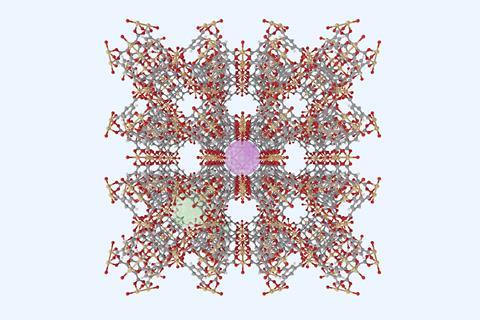The 2025 Nobel Prize in Chemistry was conferred upon Susumu Kitagawa, Richard Robson, and Omar Yaghi for their groundbreaking contributions to the advancement of metal-organic frameworks (MOFs). This honor was expected by the scientific community, considering the significant expansion in MOF research since the 2010s. MOFs are purposefully designed porous substances recognized for their adjustable porosity and chemistry, rendering them suitable for numerous applications such as the capture of carbon dioxide and water, filtration of hazardous materials, storage, and catalysis.
The scholarly interest in MOFs is evident in the influx of research publications regarding new porous substances and their prospective uses. At the same time, the commercial sector has demonstrated strong enthusiasm, with more than 125,000 patents filed since the early 2000s, notably peaking from 2013 to 2022.
In recent times, MOFs have begun to display their value in commercial environments. For example, BASF and Svante have teamed up since 2023 to develop MOF materials for carbon capture on a large scale. Similarly, Nuada has been testing its MOF-based carbon-capturing technology in a UK energy-from-waste facility. Another significant contributor, Numat, produces specialized filtration materials, including those for gas masks that can capture and neutralize chemical warfare agents.
Despite these progressions, the scale-up of MOF production encounters considerable obstacles due to the distinct characteristics of each MOF. Differences in metals or linkers during production necessitate exact control, which is easier to manage within a lab setting than in industrial contexts. To tackle these challenges, computational models and artificial intelligence are increasingly utilized in MOF research and design. This convergence has caught the attention of technology leaders like Meta, who are seeking to create innovative tools and algorithms.
The expectation that MOFs are on the verge of commercial breakthroughs has existed for many years. The granting of the Nobel Prize to these researchers may serve as a catalyst for further progress, resulting in concrete real-world applications of these sophisticated materials.
